Содержание
- 2. INTONATION Intonation is a specific organization of speech-sounds grouped in syllables and words and intended to
- 3. DEFINITION to superimpose [⎮su:prIm⎮pqVz] inherit [In⎮herIt] prosody[⎮prPsqdi]: pitch, loudness, tempo timbre [⎮txmbrq] non-entity utterance
- 4. INTONATION on the perception level Intonation is a complex unity of changes in voice pitch or
- 5. PROSODY – synonym of INTONATION “prosody” and “intonation” include the same components but intonation is a
- 6. TIMBRE Pr. Vassiliev includes it as the fourth component of intonation. By voice timbre we mean
- 7. Sentence (Utterance) Sentence real = Sentence potential + Intonation Intonation group (an actualized syntagm) – a
- 8. A potential and an actualized syntagm “I think he is coming soon” a potential syntagm a
- 9. Pitch-and-stress structure of the intonation pattern (or pitch-sentence stress pattern) Nucleus (focal point) Tail Head Pre-head
- 10. Pitch-and-stress structure of the intonation pattern (or pitch-sentence stress pattern) 1 2 3 4 He is
- 11. Types of terminal tones Simple tunes Low Fall Low Rise High Fall High Rise Mid Fall
- 12. Types of pre-heads Zero pre-head Low pre-head High pre-head Hello! Good morning!
- 13. Types of heads Descending Stepping Falling Scandent Sliding Ascending Rising Climbing Level High Medium Low
- 14. Level Heads Low High Medium All right! Who ever saw … What’s your favourite colour?
- 15. Descending heads Falling Stepping Sliding Scandent What did you think of Mary’s flat? Alice was beginning
- 16. Ascending heads Rising Climbing Did you tell Vincent about it? Thank you very much! “That is
- 17. Combinations High Head + Low Fall High Fall Low Rise High Rise Fall-Rise Not at all!
- 18. FUNCTIONS OF INTONATION to structure the information content of a textual unit; to differentiate the actual
- 19. The functional value of the pitch Syntactically distinctive function: She washed and dressed her \baby. (1)
- 20. Statements: * I like music. Questions: * Can you prove it? Imperative sentences or commands: *
- 21. Semantically distinctive function: I don’t give my books to anybody. \anybody (= to nobody) \any⁄ body
- 22. Attitudinally distinctive function: →Will you be \ quiet. (order) →Will you be ⁄ quiet. (request) The
- 23. Sentence-stress Sentence-stress is a special prominence given to one or more words according to their relative
- 24. 3 types of sentence stress normal (syntactic) stress logical stress emphatic stress Rhythmic stress is a
- 25. Normal (syntactic) sentence-stress: →Very \good. →Not very \good. If \Mary ⁄comes |→ let me \know. →If
- 26. Logical sentence-stress Compare: a) I knew what he was going to \say. b) I \knew what
- 27. Emphatic sentence-stress implies the increase of the effort of expression. I want an English book. (unemphatic,
- 28. Various distinctive functions logically distinctive function syntactically distinctive function: Have you met my ⁄ brother |
- 29. Various distinctive functions semantically distinctive function: You for get your self. You for get yourself. What
- 30. A: What do you think of the film? B: It’s quite interesting. (= yes, it’s definitely
- 31. TEMPO The term “tempo” implies the rate of the utterance and pausation. The rate of speech
- 32. PAUSE By “pause” we mean a complete stop of phonation. PAUSES Short Syntactic Normal Emphatic Long
- 33. A syntactic pause delimitates the text syntactically. An emphatic pause emphasizes the following part of the
- 34. HESITATION Pauses: silent and filled. with speech sounds: um, er. prolonged vowels: theee, tooo, ayyy. special
- 35. No stop of phonation but we feel a pause: On Saturday I’ll go to Moscow. Anyway,
- 36. RHYTHM A.M. Antipova defines rhythm as a complex language system which is formed by the interrelation
- 37. LANGUAGES syllable-timed stress-timed (French, Spanish) (English,German, Russian) ‘ One, ‘ Two, ‘ Three, \Four. ‘ One
- 38. Proclitics - the adjoining unstressed words when they precede the stressed words. (on the wall) Enclitics
- 40. Скачать презентацию

![DEFINITION to superimpose [⎮su:prIm⎮pqVz] inherit [In⎮herIt] prosody[⎮prPsqdi]: pitch, loudness, tempo timbre [⎮txmbrq] non-entity utterance](/_ipx/f_webp&q_80&fit_contain&s_1440x1080/imagesDir/jpg/1570/slide-2.jpg)

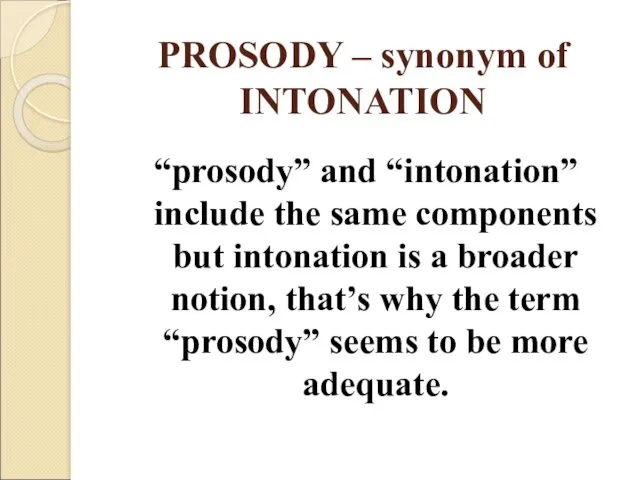
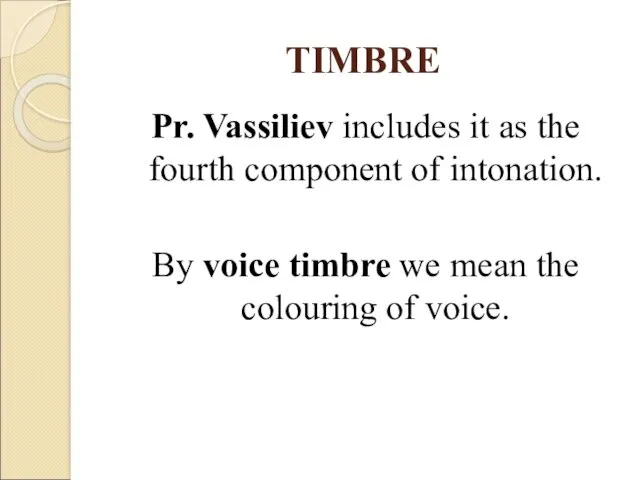

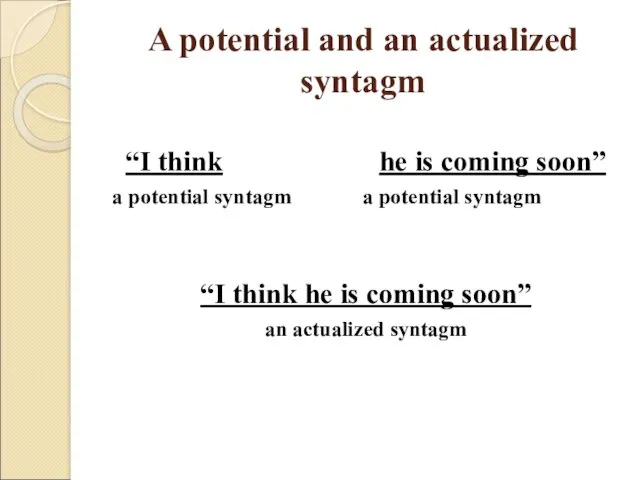
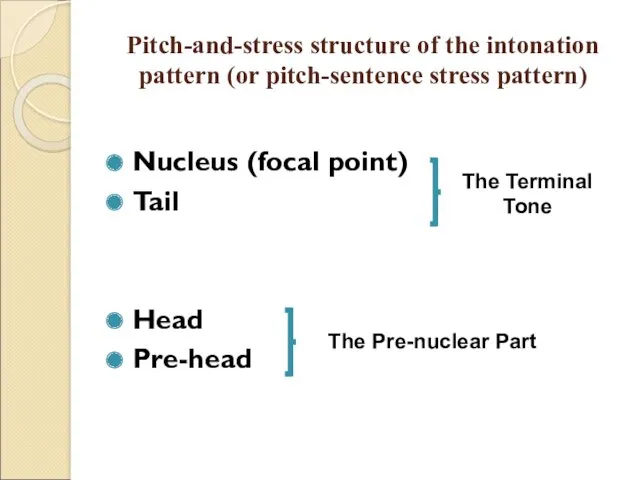
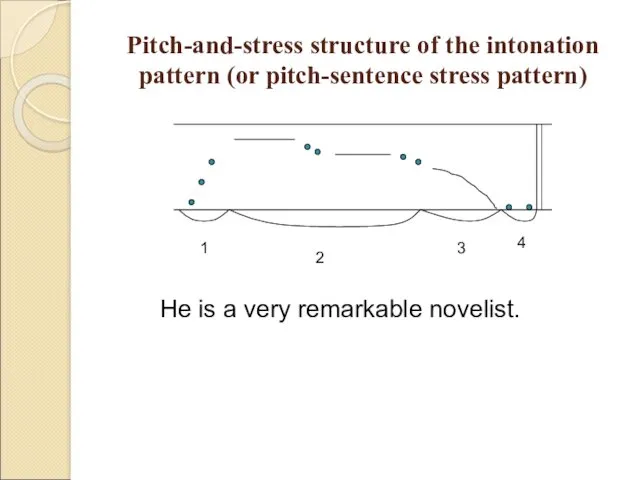
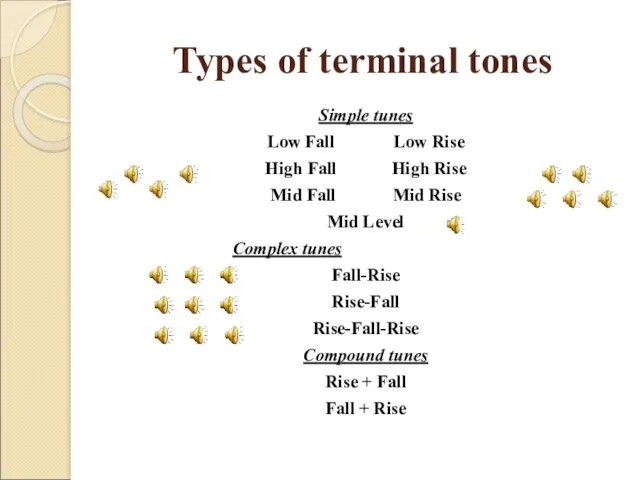
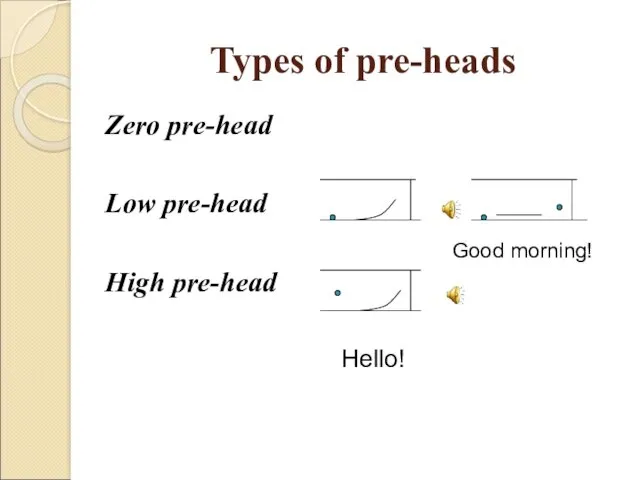
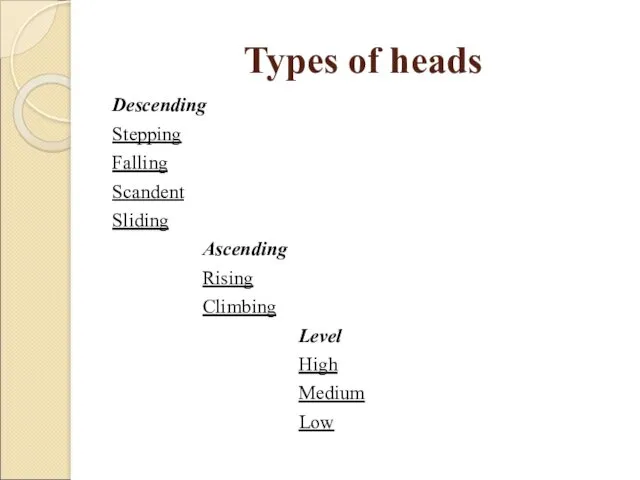
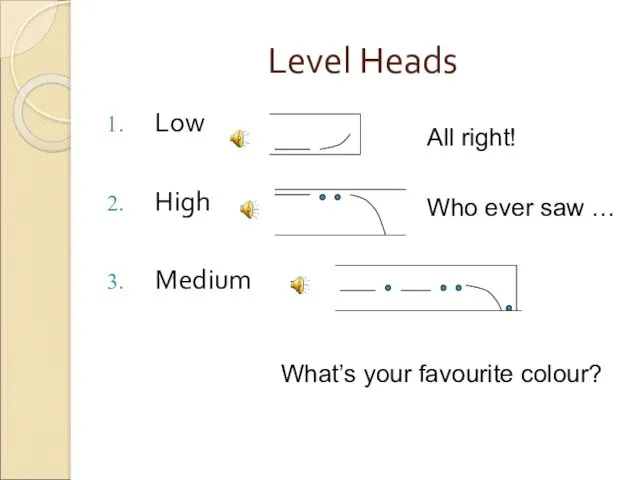

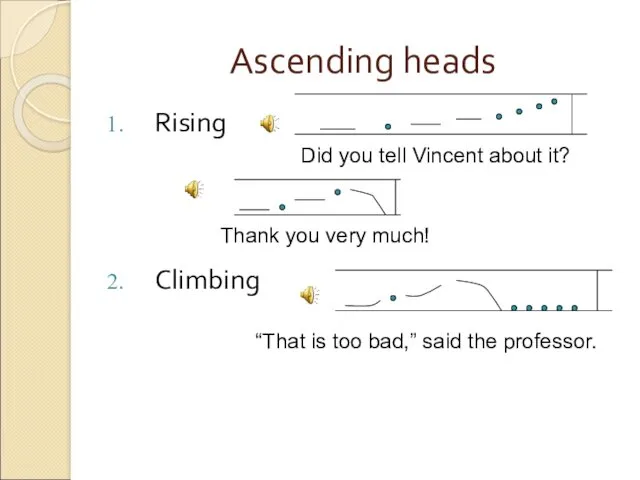
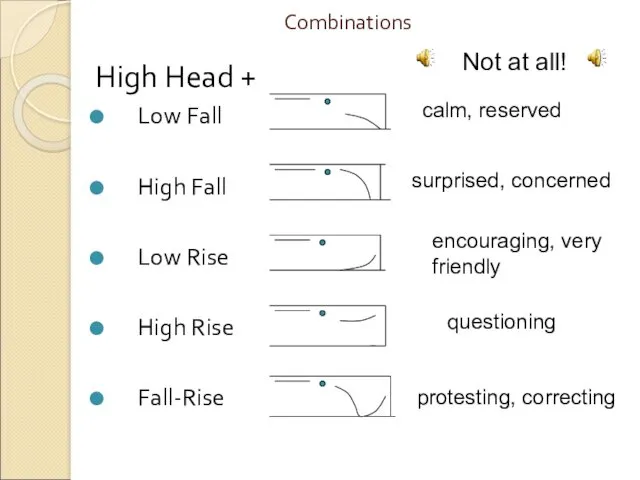
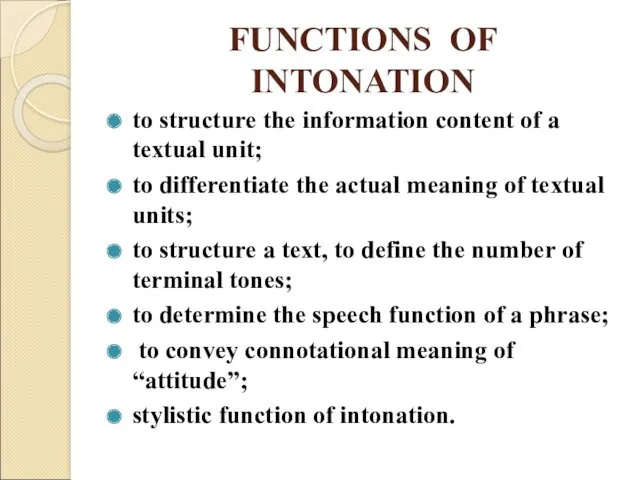
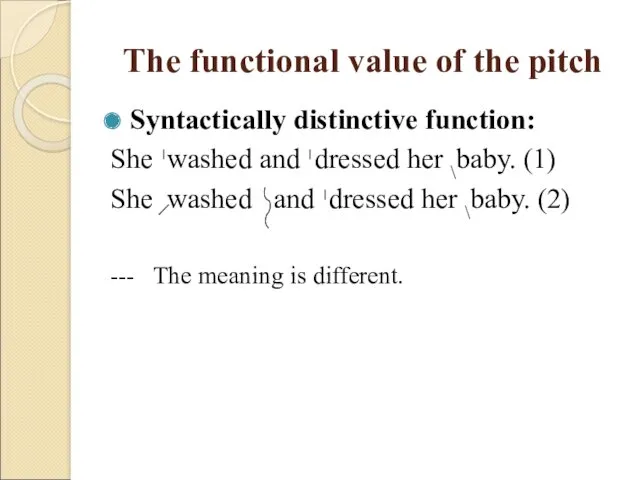
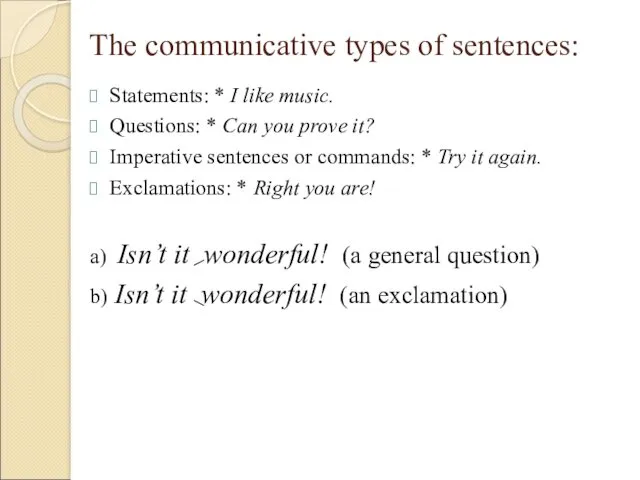
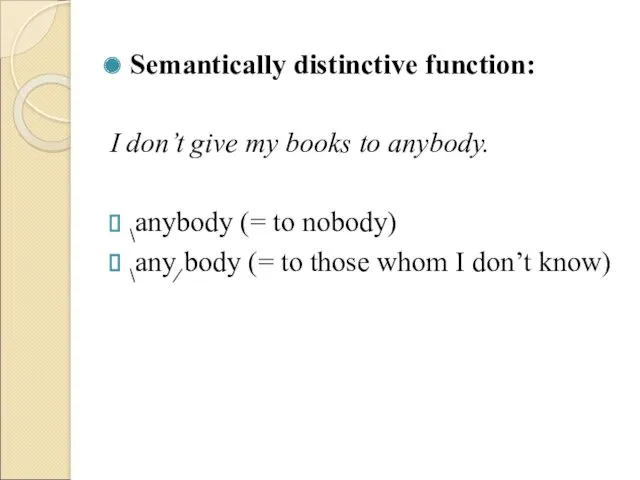
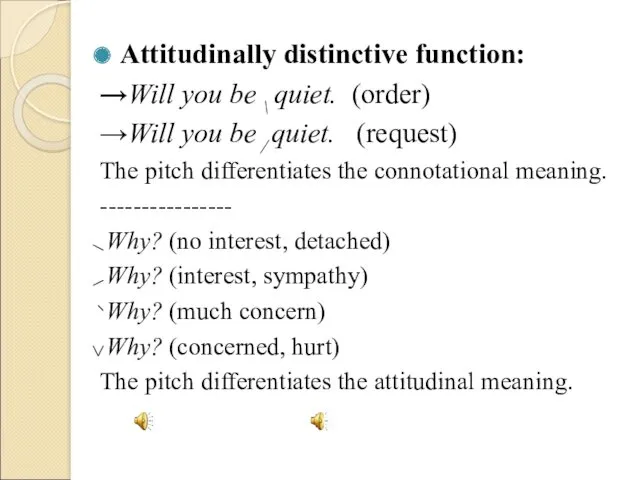
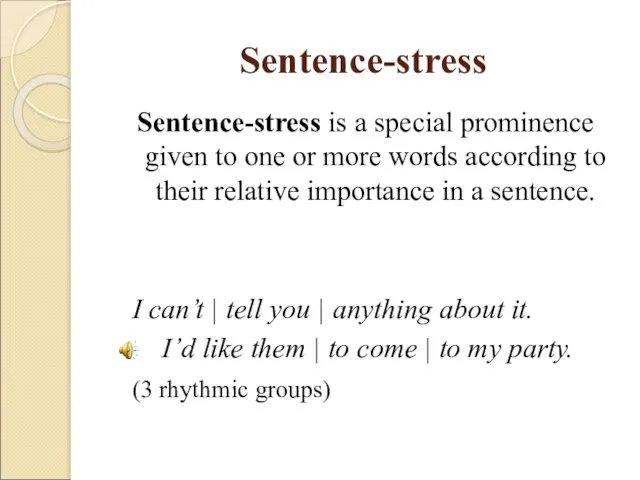
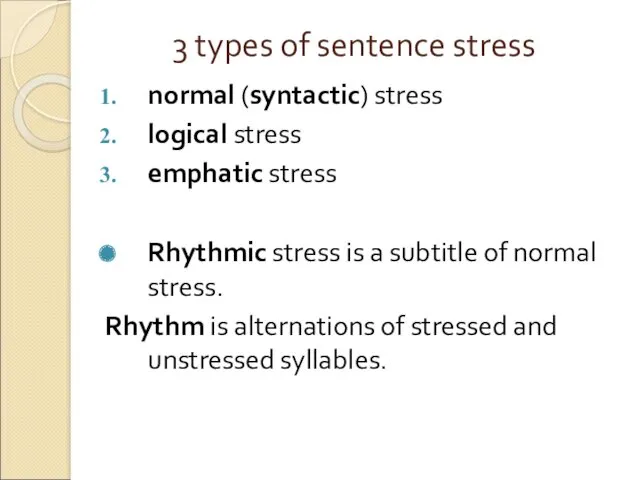
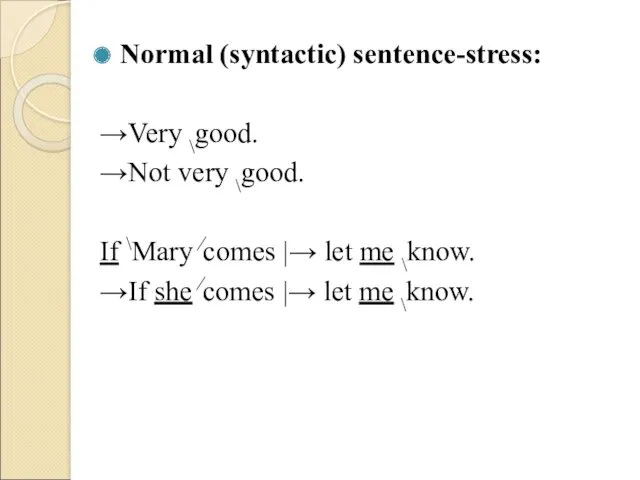
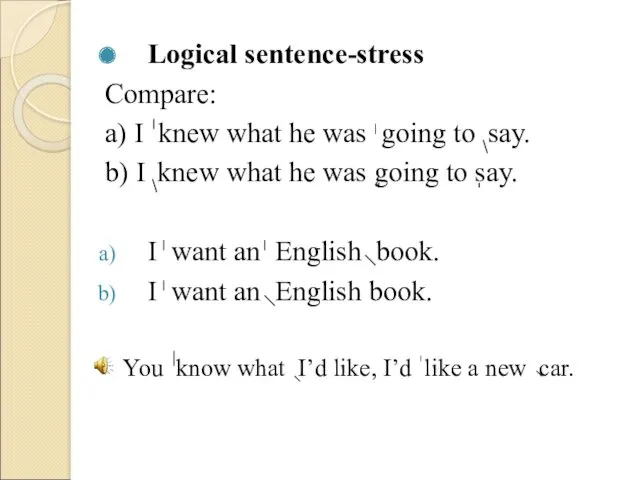
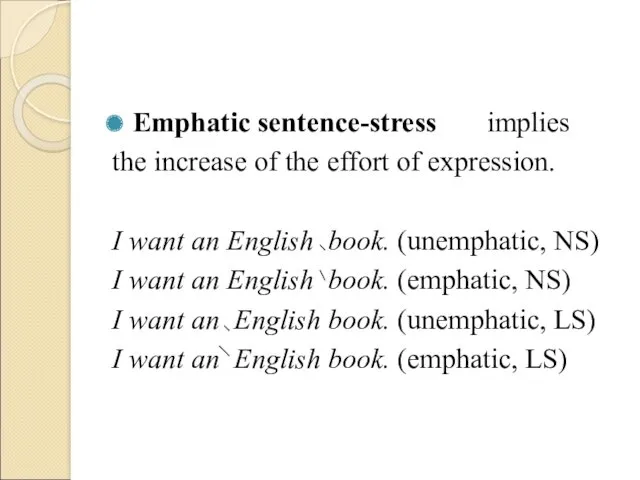

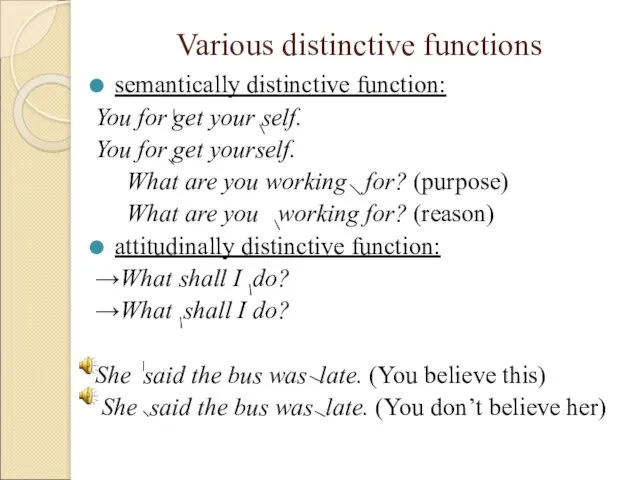
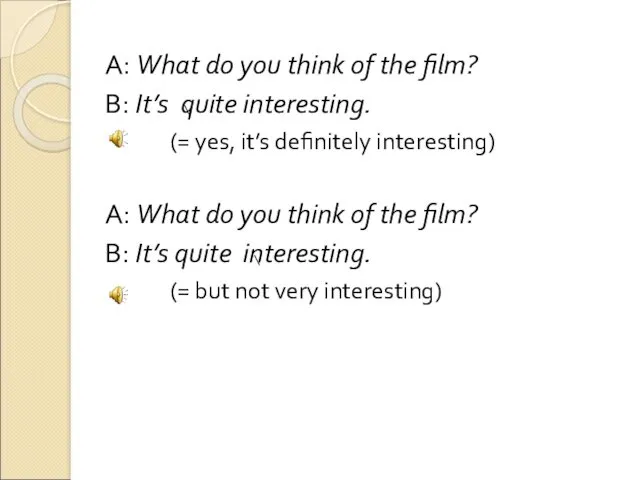
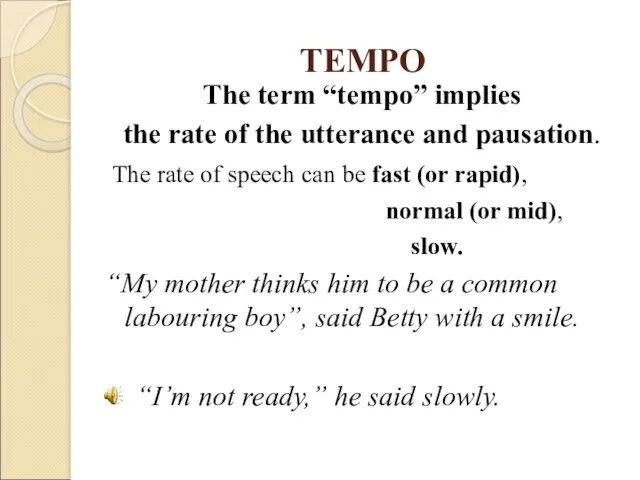
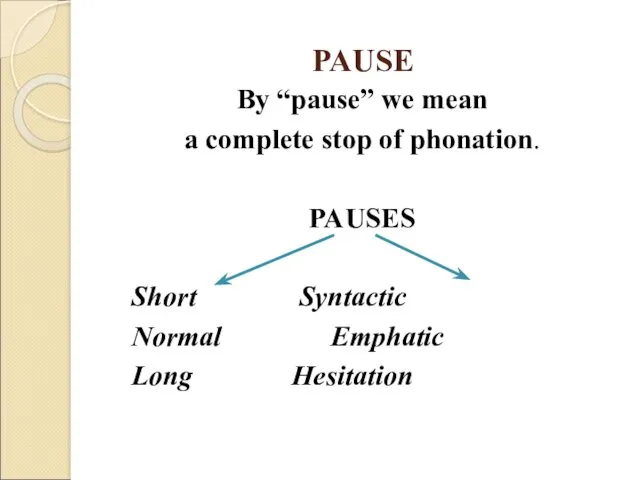
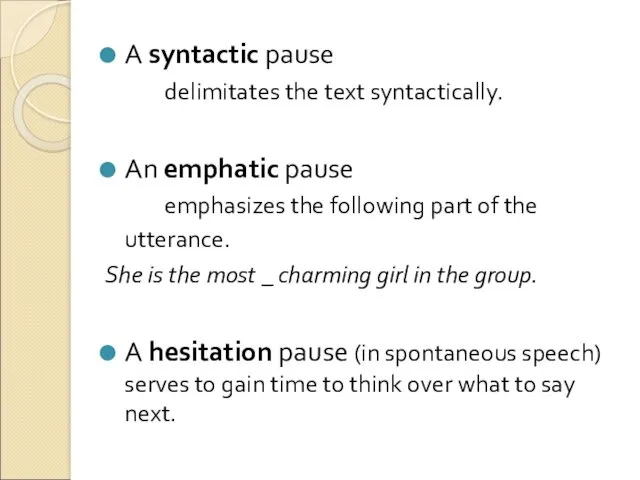
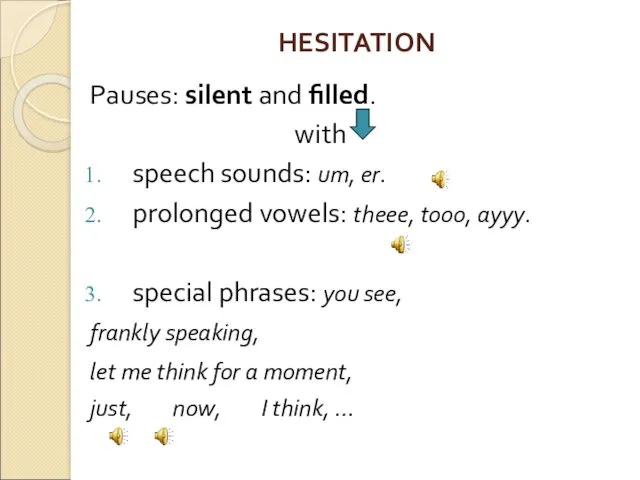

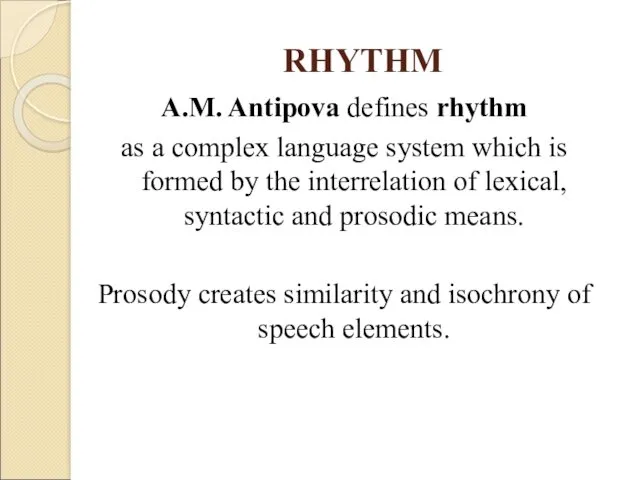
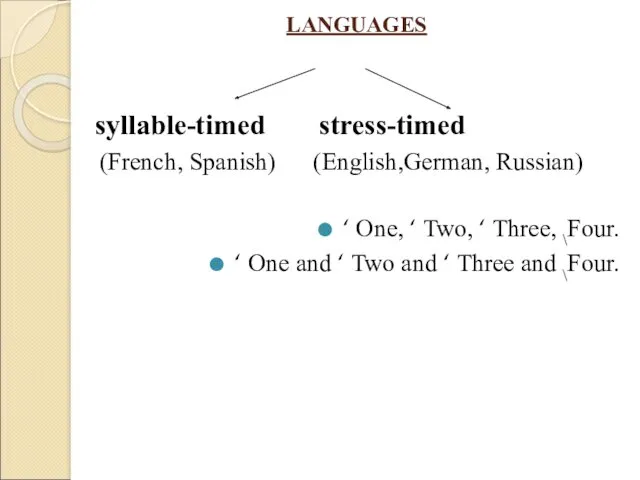
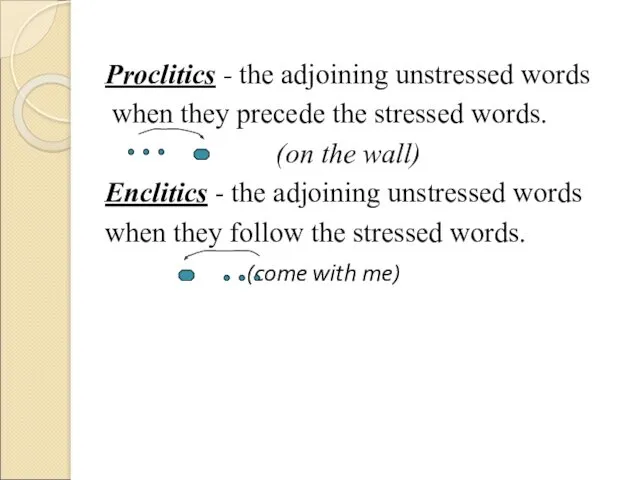
 Homework. Task 1
Homework. Task 1 The United Kingdom of Great Britain and Northern Ireland (Великобритания)
The United Kingdom of Great Britain and Northern Ireland (Великобритания) Scavenger hunt
Scavenger hunt Present Simple
Present Simple The origin of stylistics and its modern trends. (Lecture 1)
The origin of stylistics and its modern trends. (Lecture 1) ЕГЭ Иностранный язык 2016 Устная часть
ЕГЭ Иностранный язык 2016 Устная часть Основы цифровой электроники. Лекция 13
Основы цифровой электроники. Лекция 13 My house
My house Polo maintenance instruction
Polo maintenance instruction Future meaning
Future meaning Speaking about films
Speaking about films Hobbies in Great Britain and in Russia
Hobbies in Great Britain and in Russia Learn to pronounce the verbs correctly
Learn to pronounce the verbs correctly My ideal school
My ideal school Multimeter. Electrical circuit of the multimeter
Multimeter. Electrical circuit of the multimeter Ukraine
Ukraine Personal details. Lesson 7
Personal details. Lesson 7 Anticipation-Reaction Guide
Anticipation-Reaction Guide Course of history of english
Course of history of english Spotlight 4. Module 5 (Unit 9). Where were you yesterday?
Spotlight 4. Module 5 (Unit 9). Where were you yesterday? Английский язык. Лексика 10 класс
Английский язык. Лексика 10 класс My school
My school Toys
Toys Англоязычная публикация международного уровня: структура, содержание, стиль. (Часть 2)
Англоязычная публикация международного уровня: структура, содержание, стиль. (Часть 2) Present continuous tense. Настоящее продолженное время
Present continuous tense. Настоящее продолженное время Useful language
Useful language How to teach reading
How to teach reading Coffee. To drink or not to drink
Coffee. To drink or not to drink